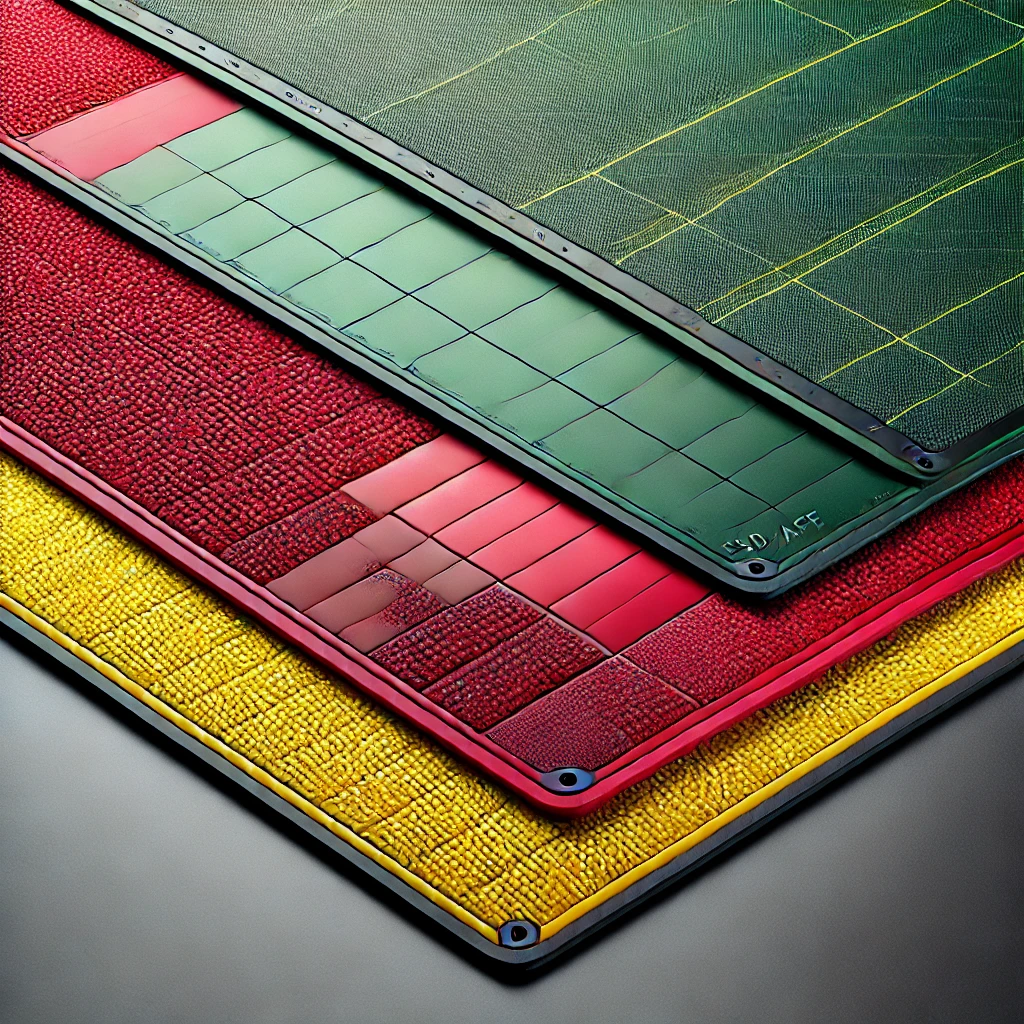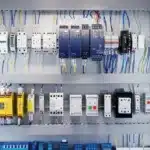
Introduction
Creating a safe workspace is not just about preventing accidents—it’s about ensuring every detail contributes to a secure environment. Electrostatic discharge (ESD), a significant concern in many industries, can cause severe, irreparable damage to components. ESD, an invisible force, can lead to costly repairs and can pose safety risks to workers. So, how can the detrimental effects of these ESD events be mitigated? Fear not! Prevent costly downtime and product defects with the ultimate workplace safety solution: ESD-safe mats. This article covers different aspects of ESD-safe mats, exploring their significance, popular types, and contributions in different workplaces.
What is an ESD? Understanding the Threats of Static Electricity
ESD refers to the sudden and abrupt flow of electricity between two electrically charged objects. This happens when two different materials come in contact and separate, accumulating a static electric charge. The resultant charge builds up and discharges until it finds a path to the ground.
While small ESD events are harmless in everyday life, in industrial and technological environments, ESD can be catastrophic. ESD can damage delicate electronic components, leading to costly equipment failures, production delays, and even safety hazards. Beyond financial implications, this invisible force can also compromise product quality, disrupt production processes, and, in extreme cases, ignite flammable materials, posing safety hazards to employees.
ESD-Safe Mats: An Ultimate First-Line Defense Against ESD
ESD-safe mats, also called anti-static mats, are specialised floor coverings designed to dissipate static electricity safely. These mats serve as the first line of defense against electrostatic damage to sensitive equipment and help mitigate the risks associated with ESD. An ESD protection mat is typically made from conductive materials that provide a path for static charges to flow to the ground. This prevents the buildup of electricity and damage, creating a secure environment for delicate operations. ESD control mats are commonly used in electronics manufacturing, cleanrooms, and other environments, especially those involving the handling, manufacturing, and assembly of sensitive equipment.
An Insight Into the Significance of ESD-Safe Mats in Multiple Industries
Industries such as electronics manufacturing, aerospace, pharmaceuticals, automotive, telecommunications, and healthcare rely heavily on ESD-safe environments. ESD protection mats prevent potential damage to semiconductor devices and integrated circuits, contributing to the integrity and performance of electronic assemblies. In essence, the successful implementation of ESD matting in multiple industries is critical for ensuring product quality, safety, and compliance with industry standards.
Most Common Types of ESD-Safe Mats Explained: A Brief Look
ESD-safe mats come in various types based on their materials and location where they are placed. Each type suits specific applications, and understanding the differences between these mats can help you choose the right one for your workplace. The common types include:
- ESD Floor Mats – ESD floor mats are typically placed on the floors of workspaces where static-sensitive activities are performed. They cover larger areas and dissipate static charges generated by foot traffic. An ESD floor mat comes in various materials and sizes to suit different needs.
- ESD Table Mats – These mats are smaller than floor mats and are designed for use on workbenches and tables. They protect electronic components and provide a static-safe surface for handling or assembling electronic components.
- ESD Chair Mats – These mats are placed under chairs to prevent static buildup caused by friction between the chair and the floor. They protect carpeted floors and contribute to overall ESD control in the workspace.
- ESD Insulating Mats – These mats provide insulation against electrical shocks and static control in environments where electrical hazards are present. They isolate conductive objects from the ground and are often used in conjunction with other ESD control measures.
- ESD Rubber Mats – ESD rubber mats are the most common type and are known for their durability, comfort, and flexibility. They offer excellent resistance to heat and chemicals and are available in both conductive and dissipative forms.
- ESD Vinyl Mats – Vinyl mats are a cost-effective option that balances conductivity and durability. Typically thinner and more flexible than ESD rubber mats, vinyl mats offer good performance in controlling static electricity.
How Do ESD-Safe Mats Contribute to Workplace Safety?
Static electricity, often overlooked, can pose significant risks in various workplaces. However, investing in ESD-safe mats can significantly create a safe and efficient workplace environment. Here’s how these safety mattings contribute to robust safety in different facilities:
Protecting Sensitive Equipment
The primary role of ESD mats is to prevent ESD, which can damage sensitive electronic components and lead to costly failures. By providing a conductive path for static charges, they prevent the sudden release of electricity that can cause irreparable harm to delicate equipment.
Enhancing Product Quality and Reliability
By controlling static, ESD mats help maintain the integrity of electronic products during assembly, testing, and packaging. These mats ensure that products remain reliable and meet quality standards, reducing the need for costly rework or recalls.
Protecting Employees
ESD mats are significant in preventing accidents in environments where static can cause sparks, particularly in industries dealing with flammable materials.
Compliance with Industry Standards
Using ESD-safe mats helps businesses comply with industry standards such as ANSI/ESD S20.20, ensuring their operations meet safety and quality requirements.
Bottom Lines
Incorporating ESD-safe mats into different workplaces can significantly benefit organisations by reducing the risk of damage to sensitive equipment, improving product quality, enhancing workplace safety, and complying with industry regulations. Whether in electronics, automotive, telecommunications, aerospace, or healthcare, ESD protection mats contribute significantly to the operational excellence and reliability of products and services.





















